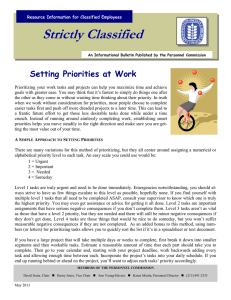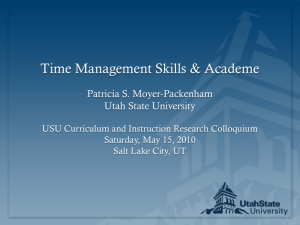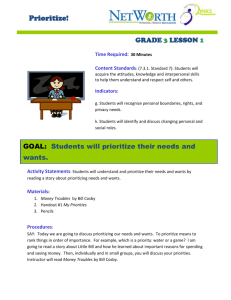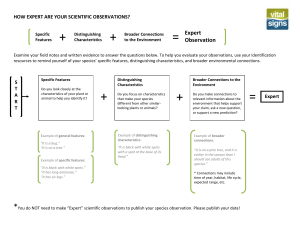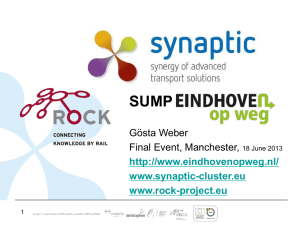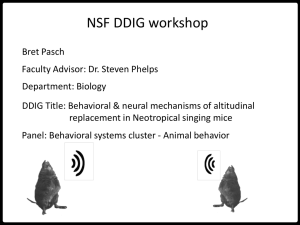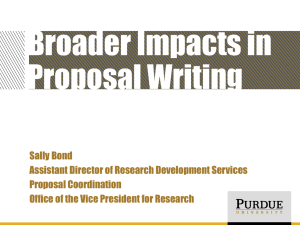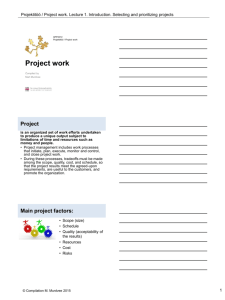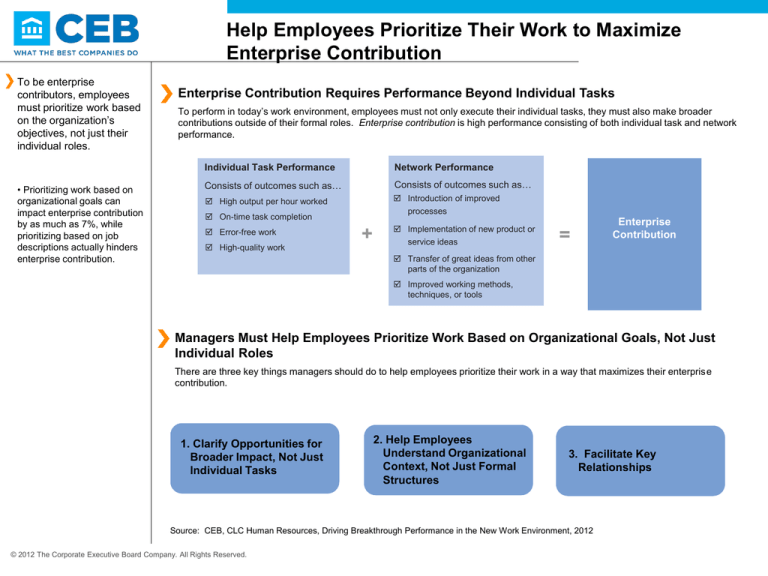
Help Employees Prioritize Their Work to Maximize
Enterprise Contribution
To be enterprise
contributors, employees
must prioritize work based
on the organization’s
objectives, not just their
individual roles.
Enterprise Contribution Requires Performance Beyond Individual Tasks
To perform in today’s work environment, employees must not only execute their individual tasks, they must also make broader
contributions outside of their formal roles. Enterprise contribution is high performance consisting of both individual task and network
performance.
Individual Task Performance
• Prioritizing work based on
organizational goals can
impact enterprise contribution
by as much as 7%, while
prioritizing based on job
descriptions actually hinders
enterprise contribution.
Network Performance
Consists of outcomes such as…
Consists of outcomes such as…
High output per hour worked
Introduction of improved
processes
On-time task completion
Error-free work
High-quality work
+
Implementation of new product or
service ideas
=
Enterprise
Contribution
Transfer of great ideas from other
parts of the organization
Improved working methods,
techniques, or tools
Managers Must Help Employees Prioritize Work Based on Organizational Goals, Not Just
Individual Roles
There are three key things managers should do to help employees prioritize their work in a way that maximizes their enterprise
contribution.
1. Clarify Opportunities for
Broader Impact, Not Just
Individual Tasks
2. Help Employees
Understand Organizational
Context, Not Just Formal
Structures
3. Facilitate Key
Relationships
Source: CEB, CLC Human Resources, Driving Breakthrough Performance in the New Work Environment, 2012
© 2012 The Corporate Executive Board Company. All Rights Reserved.
Help Employees Prioritize Their Work to Maximize
Enterprise Contribution (Cont.)
Checklist for Helping Employees Prioritize Work to Maximize Enterprise Contribution
Clarify Opportunities for Broader Impact, Not Just Individual Tasks
Provide direction on individual tasks and contributions outside formal roles to ensure employees consider both when prioritizing their work.
Provide feedback to employees on the contributions they make beyond their formal job descriptions
Incorporate broader contributions into formal goal setting discussions
Discuss potential opportunities for broader contribution during formal and informal feedback conversations
x Don’t over-focus on execution details and distract from the desired end result
Help Employees Understand Informal Organizational Context, Not Just Formal Structures
Contextualize, rather than filter, organizational information to give employees a broader view when prioritizing work.
Clarify decision-making processes and relationships that employees may not have direct visibility into
Explain the context behind organizational decisions, not just the results
x Don’t filter organizational information to simplify work
Facilitate Key Relationships
Ensure employees consider stakeholders’ needs and priorities when prioritizing their work.
Encourage employees to independently seek input from colleagues and peers
Direct employees to key colleagues who can inform the prioritization of their work
Help employees understand the priorities and motivations of stakeholders, as well as the dynamics of stakeholder relationships
x Don’t serve as a gatekeeper for contacts and relationships to simplify work
© 2012 The Corporate Executive Board Company. All Rights Reserved.

